The Best Recovery Shoes Come Highly Recommended If You’re Marathon Training
I’ve run 12 marathons and recovery shoes, sliders or flip-flops are an essential bit of kit
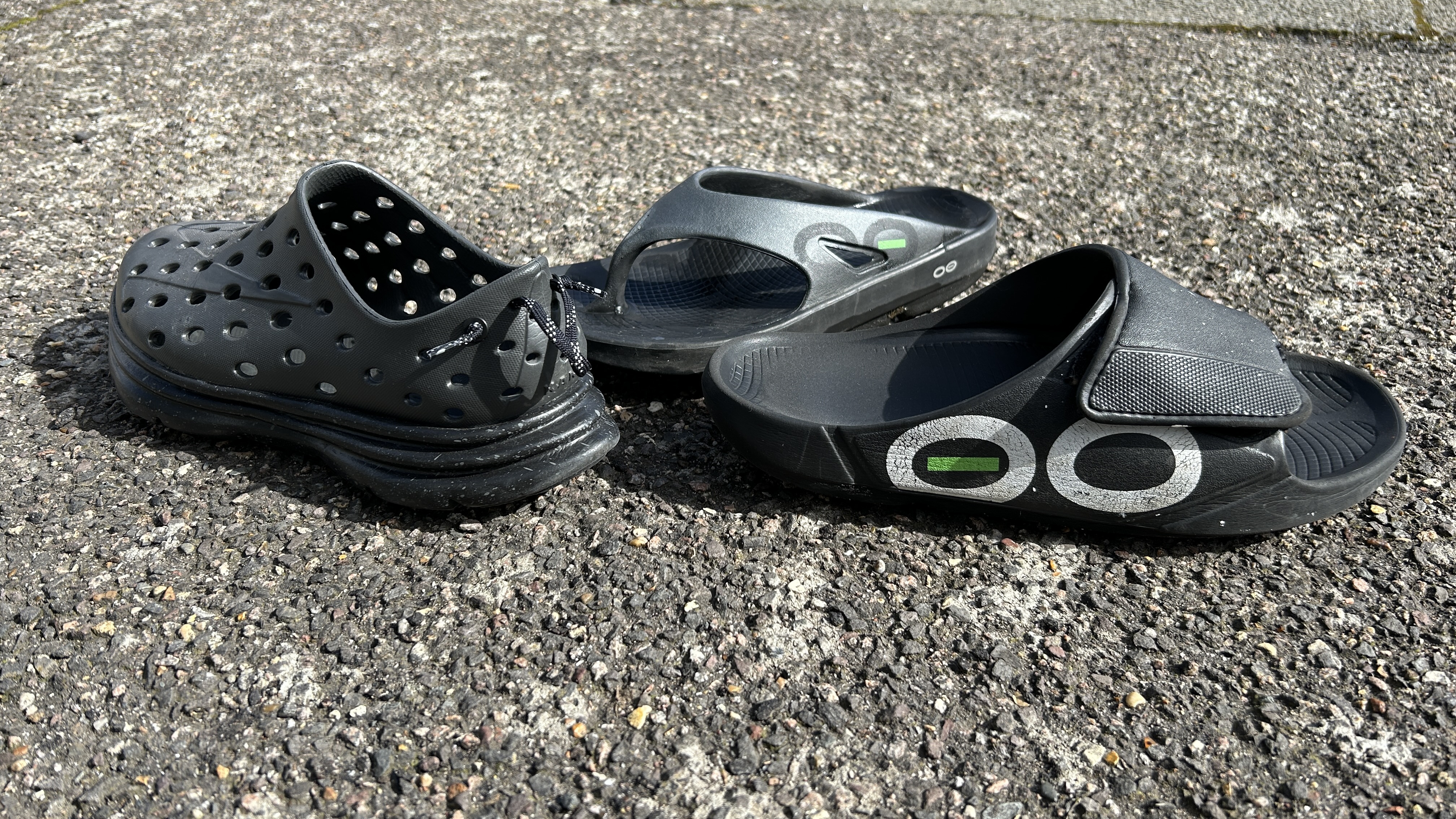
Now it's feeling like spring it seems like there are more runners than ever on the streets, though it’s probably just the same number of runners staying out for longer because this is when people in marathon training ramp up the distance of their long runs ahead of spring events.
I’m training for the London Marathon, which will be my 13th marathon and seventh in London. At this point of my training, when not testing the best running shoes and running gear for our reviews and round-ups, I like to use the tried-and-tested gear I’ll use on race day. I also get my stomach reacquainted with the running gels and sports drinks needed to fuel a marathon.
One piece of kit that becomes especially important at this time—though I use them year-round—is a pair of recovery shoes. These can take several forms, be it sliders, flip-flops or even slippers, but they all serve the same purpose: to help support your feet as they recover from long runs.
While the most important and best marathon running shoes are the ones you’ll use to run in training and race day, the benefits of recovery shoes shouldn’t be underestimated. It might seem like an indulgence to treat your feet to a pair of dedicated shoes for recovery, but considering what you’re putting them through it’s the least you can do for them.
I started using recovery shoes in the build-up to my second London Marathon in 2018, and I still experience a feeling of joy each time I slip them on after a long run. For the most part I have used the same pair of Oofos recovery sliders since then but, during my marathon training this year, my go-to pair have become Oofos mules with an insulated upper, which have been perfect for the cold winter months.
I’ve also tested recovery shoes from several brands and they all have the same advantages: they are light, breathable and provide plenty of support, in particular, for my arches. If you’re worried about foot injuries, it’s not wise to stroll around barefoot or in regular flip-flops after a long run because it’s all extra impact on feet still recovering from the effort of the run.
Are recovery shoes a panacea for all common running injuries? No, but they do feel fantastic when you put them on, and we all deserve a boost like that when we’ve chugged through a 20-mile training run. Here are a few recovery shoes to consider.
The Best Running Recovery Shoes
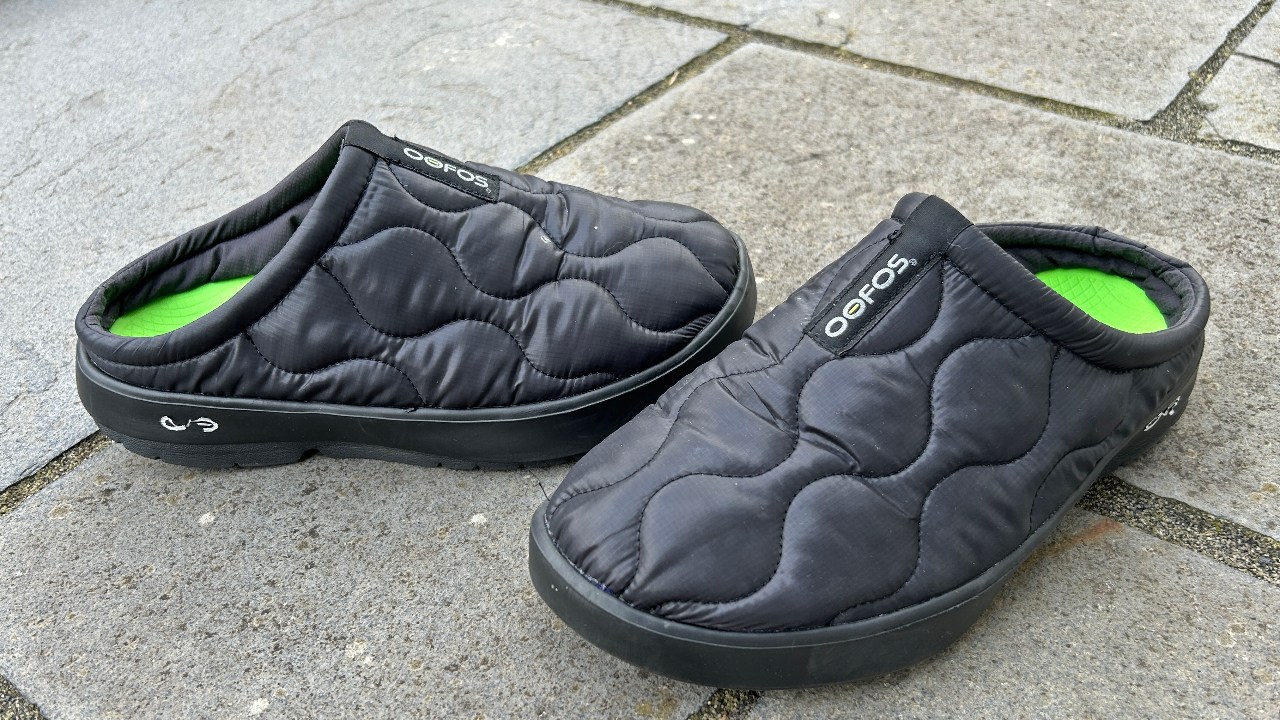
OOFOS OOcoozie Thermo Mule
Reasons to buy
Reasons to avoid
I’ve more or less lived in these shoes over the winter during my marathon training for London. They are comfortable and supportive, and the insulated upper has kept my feet warm throughout the colder months, which is something you don’t get with sliders and flip-flops. I mostly wear the mules indoors, to keep them clean, but they are comfortable and warm enough for longer walks outside. I think the style is subtle enough to get away with wearing outside too, though others will find the chunky midsole too eye-catching in the wrong way. The mules are expensive, costing more than Oofos’s sliders and flip-flops—but given the amount of wear you’ll get out of them during marathon training it might be worth it.
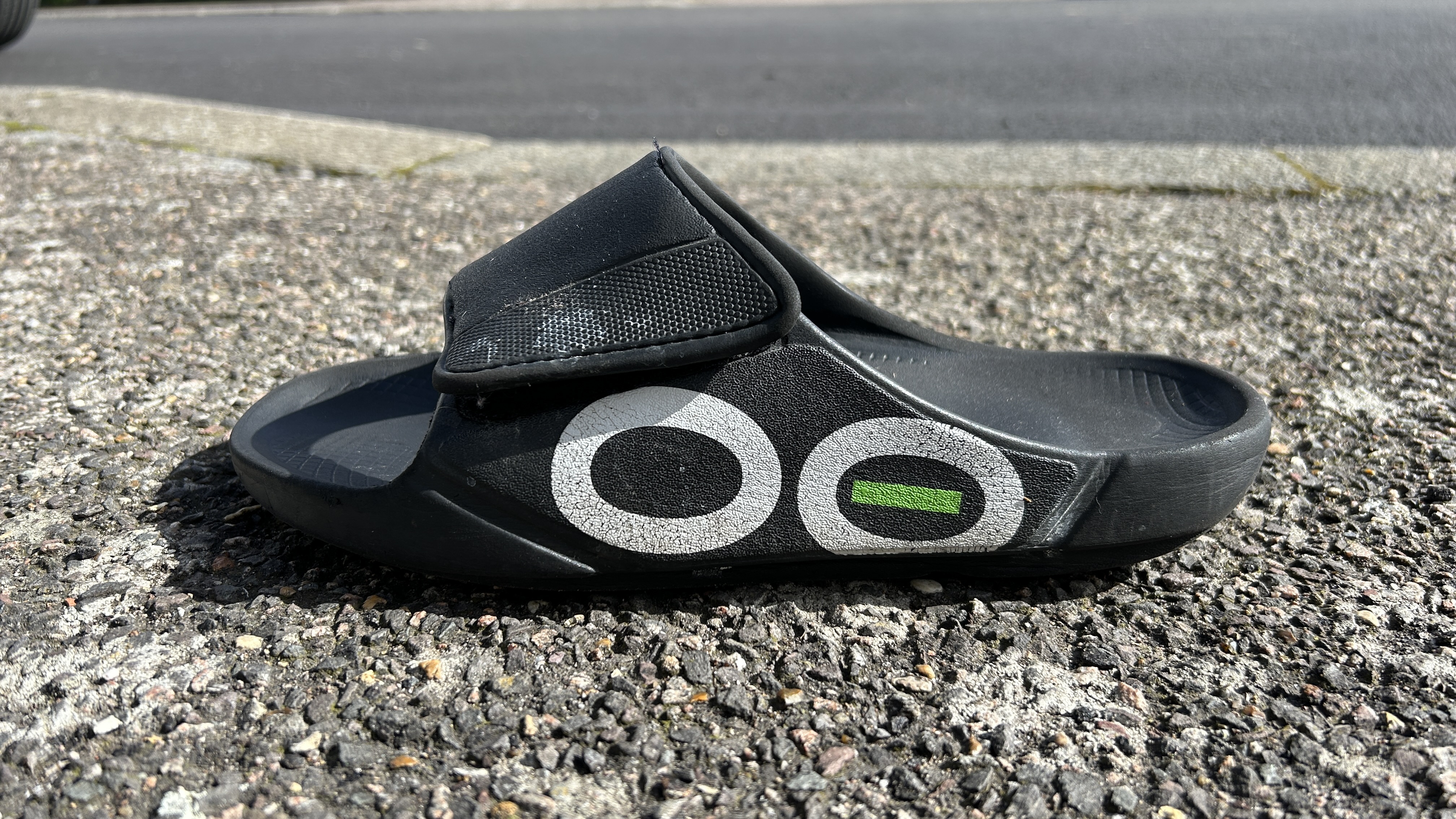
OOFOS OOahh Sports Flex Slide Sandal
Reasons to buy
Reasons to avoid
At this point I view this slider as an extension of my foot, since I have been wearing it most days for almost five years. It’s covered in paint from home improvement projects and the black has faded substantially, but it’s still just as comfortable as it was on day one.
Sliders like this have the considerable benefit that you can wear them with socks, because your long runs and races might be on wet or cold days, when you won’t want to slip on flip-flops afterwards. And if you wear them all the time instead of slippers like I do, you’re going to have socks on most of the time. The downside is that even when sockless this slider does get a bit hot in the summer, at which point I might turn to a flip-flop.
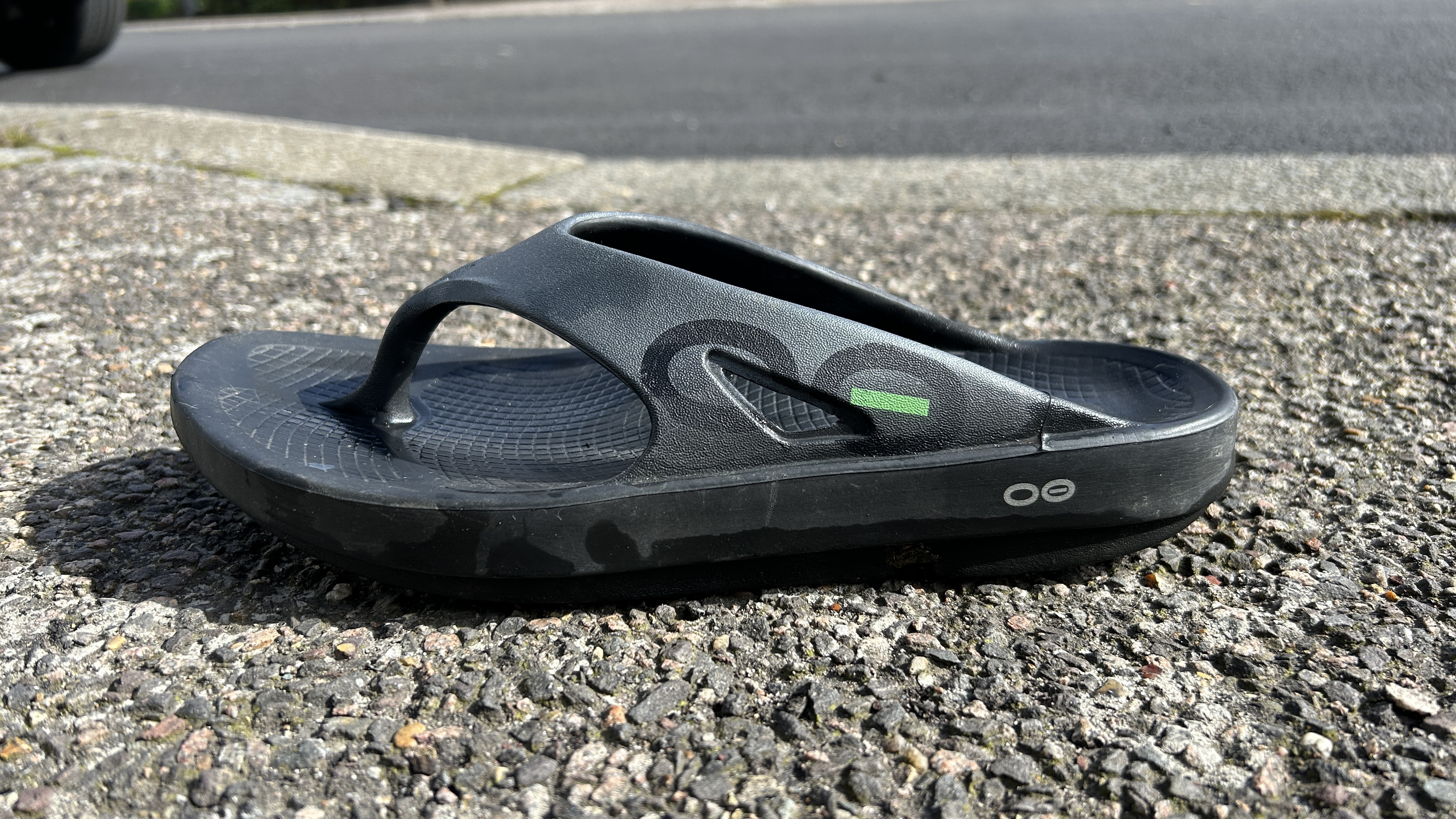
OOFOS OOriginal Sandal
Reasons to buy
Reasons to avoid
It’s another OOFOS pick, because OOFOS does set the standards for recovery footwear, the brand’s only downside being the irritating ooveruse of double-Os. This sandal/flip-flop is just as comfortable as the slider, and has a more open design on the upper. It’s also cheaper than the slider, which is a bonus.
Like the slider, the recovery flip-flop is so soft underfoot that it can feel unstable on a walk of any significant distance, especially if moving at anything other than a slow pace. If you do need to tackle longer distances in your recovery shoe, the Kane Revive might be a better choice.
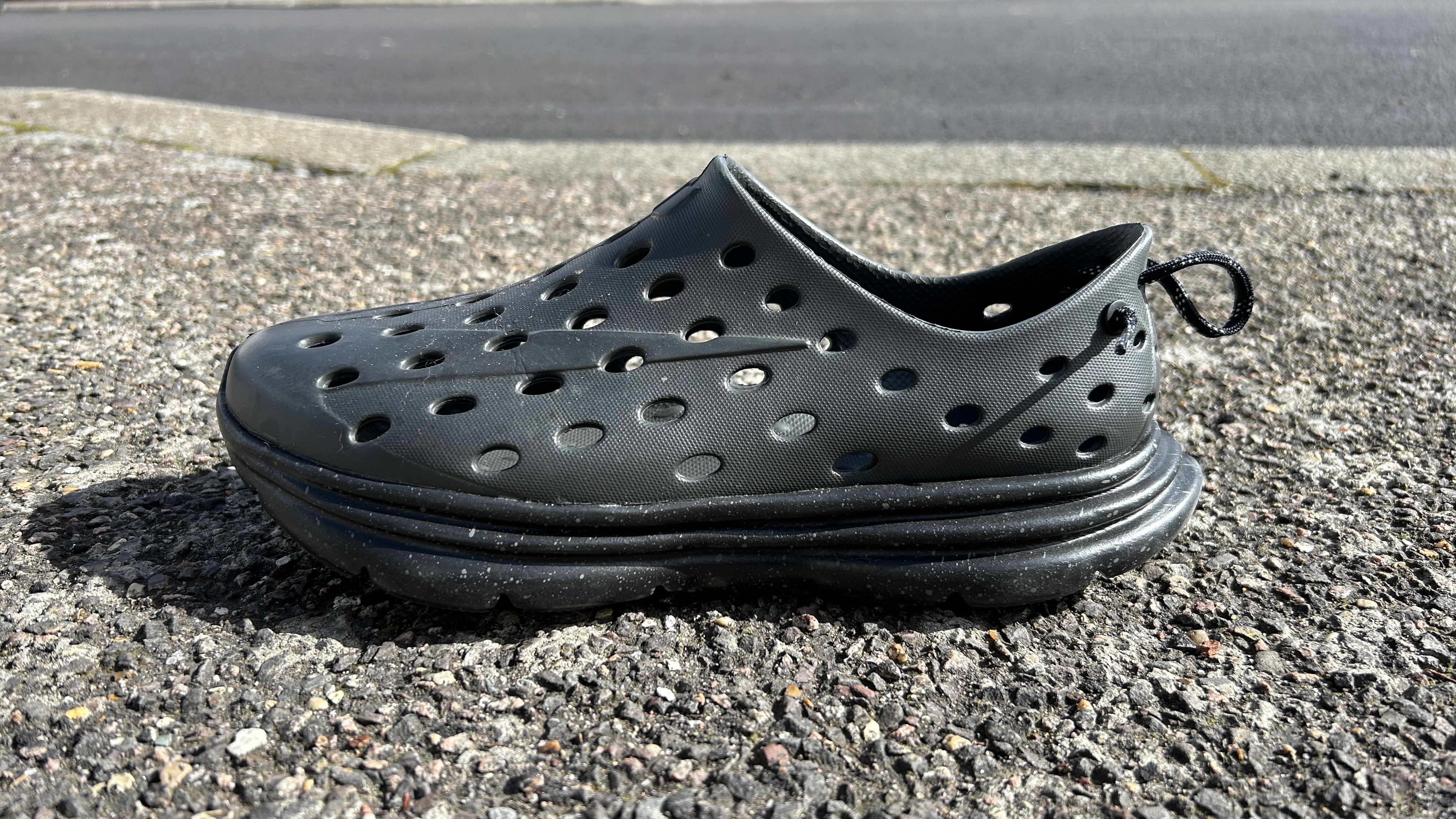
Kane Revive
Reasons to buy
Reasons to avoid
If you plan to leave the house for extended periods after a long run, then the Kane Revive is the recovery shoe for you. It’s as comfortable as OOFOS footwear but firmer and more stable, and also comes in a variety of colors so you can pick one that suits your style. All the colors have the same Crocs-esque look, though, so if that doesn’t appeal this shoe isn’t for you.
Get the Coach Newsletter
Sign up for workout ideas, training advice, reviews of the latest gear and more.

Nick Harris-Fry is a journalist who has been covering health and fitness since 2015. Nick is an avid runner, covering 70-110km a week, which gives him ample opportunity to test a wide range of running shoes and running gear. He is also the chief tester for fitness trackers and running watches, treadmills and exercise bikes, and workout headphones.
